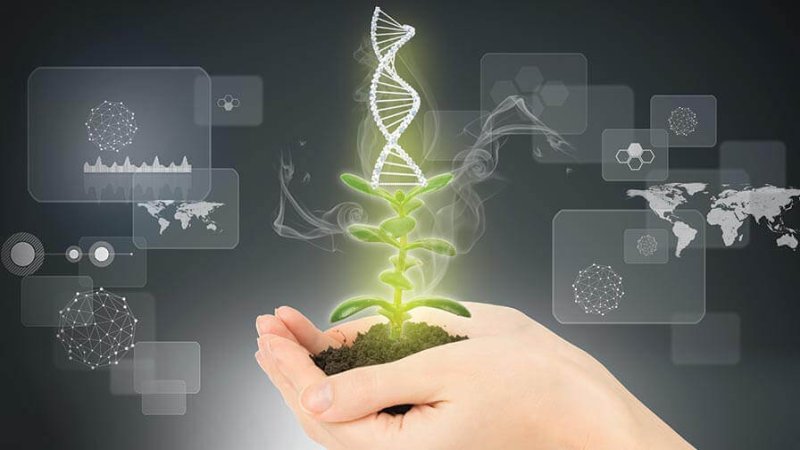In April 2016, the USDA gave the first approval to a CRISPR crop, clearing white-button mushroom that had been edited to not brown as quickly. In September, the U.S. Department of Agriculture gave the green light to a version of the plant Camelina sativa, an important oilseed crop that had been genetically engineered using CRISPR to produce enhanced omega-3 oil. What was interesting about this approval was that the USDA did not ask that the inventors of the plant endure the usual regulatory hoops required to sell biotech crops. The next month, a drought-tolerant soybean variety developed with CRISPR also got a quick pass from the USDA.
The reason? While these crops were gene-edited, they were not genetically “modified,” according to USDA regulations and did not add any foreign DNA to it. This, the USDA has now repeatedly found, means those CRISPR-edited plants fall outside of regulatory purview.
Read full, original post: Our Update On CRISPR































